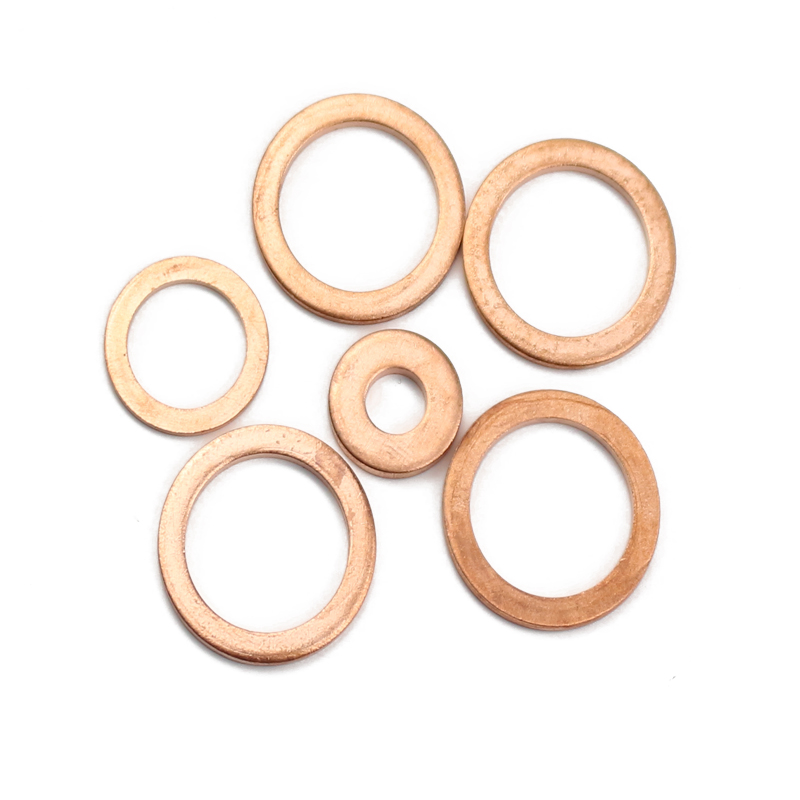Exploring the Function and Importance of Inner Drive Shaft Seals in Vehicle Performance
Understanding the Inner Drive Shaft Seal Importance and Maintenance
The inner drive shaft seal plays a crucial role in the overall functionality and longevity of a vehicle’s drivetrain system. Located at the point where the inner drive shaft connects to the transmission, this seal is designed to prevent lubricant leakage while keeping dirt, debris, and moisture out of the transmission fluid. Understanding the significance of the inner drive shaft seal and knowing when and how to maintain it can help ensure your vehicle operates efficiently and prolong its lifespan.
Functionality of the Inner Drive Shaft Seal
The primary function of the inner drive shaft seal is to maintain the integrity of the transmission fluid within the drivetrain. Without this seal, transmission fluid could leak out, leading to inadequate lubrication of moving parts. This could result in excessive wear and tear, overheating, and ultimately, significant damage to the transmission. Additionally, unfiltered contaminants can enter the system, causing further complications.
When the seal is functioning properly, it creates a barrier that maintains pressure within the transmission. This pressure is essential for the optimal performance of hydraulic components, which work together to facilitate smooth shifting and overall driving experience. By ensuring that the transmission fluid remains clean and at the right level, the inner drive shaft seal serves a critical protective function.
Signs of Seal Wear or Damage
Over time, exposure to heat, friction, and external elements can lead to the degradation of the inner drive shaft seal. Identifying the signs of wear early can save vehicle owners from costly repairs. Here are some common indicators that the inner drive shaft seal may need attention
1. Fluid Leaks One of the most obvious signs of a faulty seal is the presence of transmission fluid leaks. Spots of red or brown fluid under the vehicle can indicate seal failure.
3. Erratic Shifting Difficulty in shifting gears or rough transitions can also point to problems with the inner drive shaft seal affecting the transmission fluid's pressure and quality.
inner drive shaft seal

4. Warning Lights Many vehicles are equipped with diagnostic systems that will trigger a warning light on the dashboard if a seal failure is detected within the drivetrain.
Maintenance and Replacement
Regular maintenance can help prolong the life of the inner drive shaft seal. Here are some tips
- Fluid Checks Regularly check the transmission fluid level and condition. If the fluid appears dirty or smells burnt, it may be time for a change, which includes inspecting the seal.
- Seal Inspection During routine service intervals, mechanics should inspect the inner drive shaft seal for signs of wear or damage. Early detection can make all the difference.
- Quality Replacement If replacement is necessary, choose a high-quality seal that meets or exceeds manufacturer specifications. This will ensure durability and effectiveness.
- Professional Help Given the complexity of drivetrain components, consider having a professional technician perform any necessary maintenance or repairs to avoid improper installation or further damage.
Conclusion
In summary, the inner drive shaft seal is a vital component of a vehicle's drivetrain system, ensuring efficient operation and longevity. Understanding its function, recognizing the signs of damage, and committing to regular maintenance can greatly enhance vehicle reliability. By taking proactive measures, vehicle owners can safeguard their investment, keeping their automobiles running smoothly for years to come.
-
Understanding Automotive Oil Seals: Essential Components for Engine and Shaft Protection
News Jul.30,2025
-
The Importance of Heavy Duty Seals in Industrial and Residential Applications
News Jul.30,2025
-
Exploring Industrial Oil Seals: From Felt Oil Seals to TTO and CFW Solutions
News Jul.30,2025
-
Essential Guide to Oil Seals: From Radial to Metal-Cased Seals for Industrial Reliability
News Jul.30,2025
-
Choosing the Right Oil Seals and Gaskets for Industrial and Automotive Applications
News Jul.30,2025
-
Cassette Seals: Durable Sealing Solutions for Harsh Environments
News Jul.30,2025
-
Understanding the Front Main Engine Seal: Purpose, Maintenance, and Installation
News Jul.29,2025
Products categories















